Modern Rodding TECH
InTheGarageMedia.com
By Brian Brennan  Photography by THE AUTHOR
Photography by THE AUTHOR
n our world of hot rods, especially early cars, the lack of a heater and/or A/C used to be the norm. Nowadays there’s a simple solution to solving heating and A/C needs. Well, it’s much easier for the closed cars, but for open roadsters (and the like) the use of A/C, while occurring more frequently, the real need is for heat. A small heater only is more affordable than an entire A/C system, and sometimes more practical. So, with this in mind, we came up with the Vintage Air (VA) Streamline Heater (PN 660066) ideally suited for open hot rods. It is designed to sit separately below the dash.
Next stop was at Hot Rods by Dean in Phoenix to check out the installation of one of the VA Streamline Heaters in (what else?) an open Model A roadster. While this is the starting point for our story, the fact is you can use this in any hot rod project where you have a front-area-only to maintain warmth.
The Streamline Heater is a powerful heating system designed with classic styling to match the Art Deco designs of the ’30s. In 1929, Ford’s Model A introduced the first of the car heaters. Based on engine heat you had to wait for the heat to be generated, which in the wintertime may be a longtime coming. The ’33 Ford was the first to use an in-dash heater with a miniature gasoline boiler. Next up in 1930, General Motors came up with the standard heater core using the car’s engine coolant and fans to heat the interior of the car. This became the industry standard. Then in 1937 Nash Motors introduced the use of climate controls, air filters, and the heater core. The first well-known passenger car/truck heater was the South Wind heater. Harry J. McCollum invented the early versions in the ’30s, offering a gas-powered heater. He sold over 3 million units by 1948.
The VA Streamline Heater utilizes a molded plastic cover to portray the Art Deco–style, polished stainless steel trim, and single-knob operation for ease of use and to ensure safety. The heater louvers are used for directing air ow out of the bottom of the unit and they are powdercoated and separate air between the driver and passenger footwell areas. There is a single control knob that regulates the three-speed blower fan and the electronically controlled heater control valve while the high efficiency copper and brass CuproBraze heater core ensures consistent, reliable heat on cold days.
Geoff Jones of Hot Rods by Dean was our go-to guy for the installation. He’s in the midst of a Model A on Deuce ’rails … the old reliable highboy roadster. While the build has plenty of cool stuff, it’s the cool air that needs a little warming up for those early morning Arizona drives. Follow along as the install is basic but the results are amazing and will add an entirely different level of comfort to driving your roadster … or any other early hot rod that could use a bit of warming up.
Mounting is pretty basic, requiring a few holes to be drilled and then attached to the firewall. From here there are only two fittings that run to and from the engine to deliver and return the heated water. Lastly, the electrical portion is another pretty simple project. There are two groupings of wire: One grouping comes from the heater control valve (black, yellow, red) and a second grouping that comes from the heater control (brown, white, green, red/orange).
Having been a roadster driver all of my hot rodding life, I can tell you there are a couple of other tricks that will go a long way to making your heater perform to the best of its abilities. I for one always carry a passenger blanket to throw over our legs and laps to keep the hot air in. I also have seat heaters (hey, I’m a lover of creature comforts). And the biggie, when driving along my roadster has a tonneau cover that can be placed over the passenger seat area that really helps to keep the hot air generated by the heater circulating around me. Nothing like being comfortable on a cold drive.
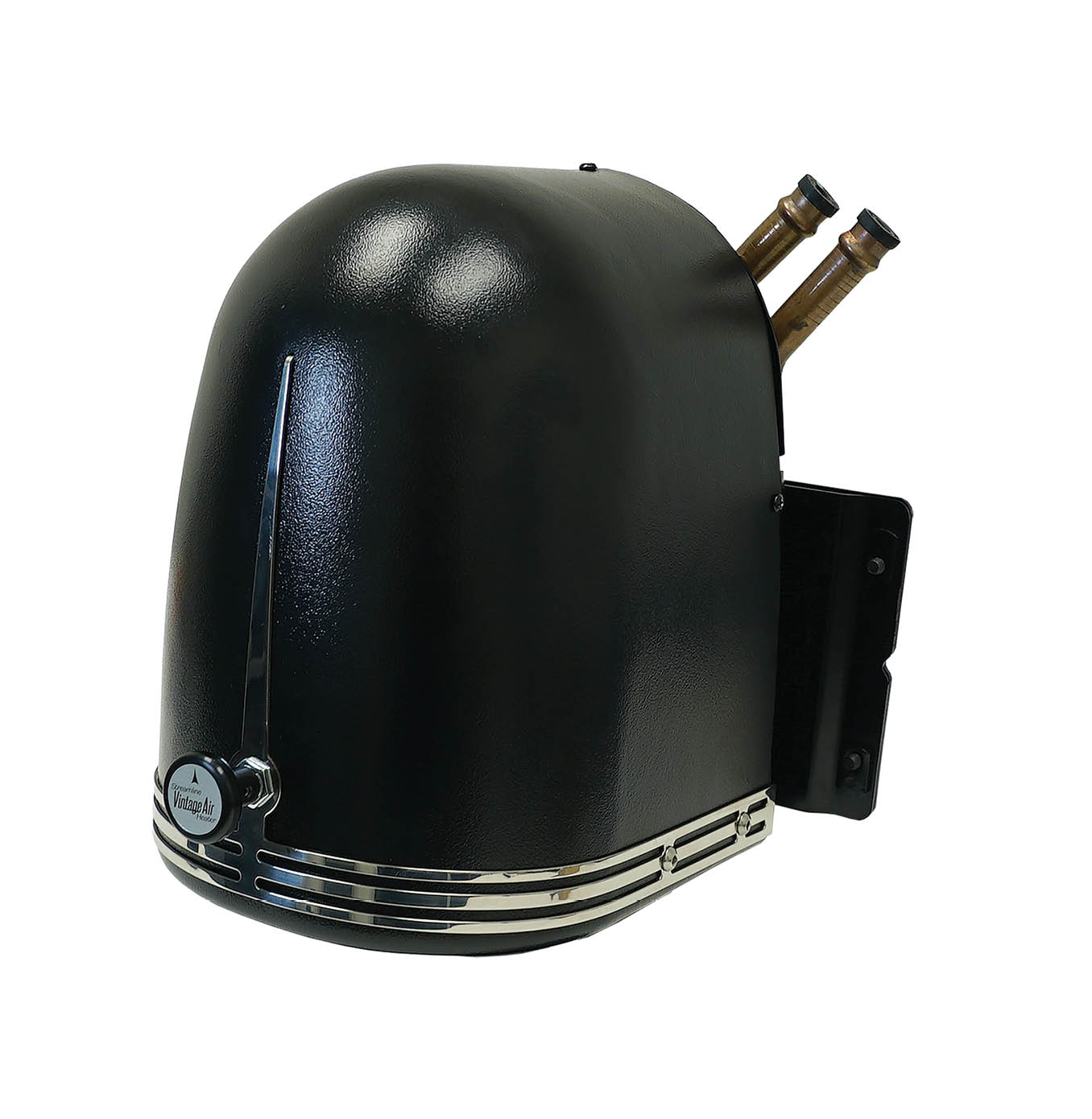
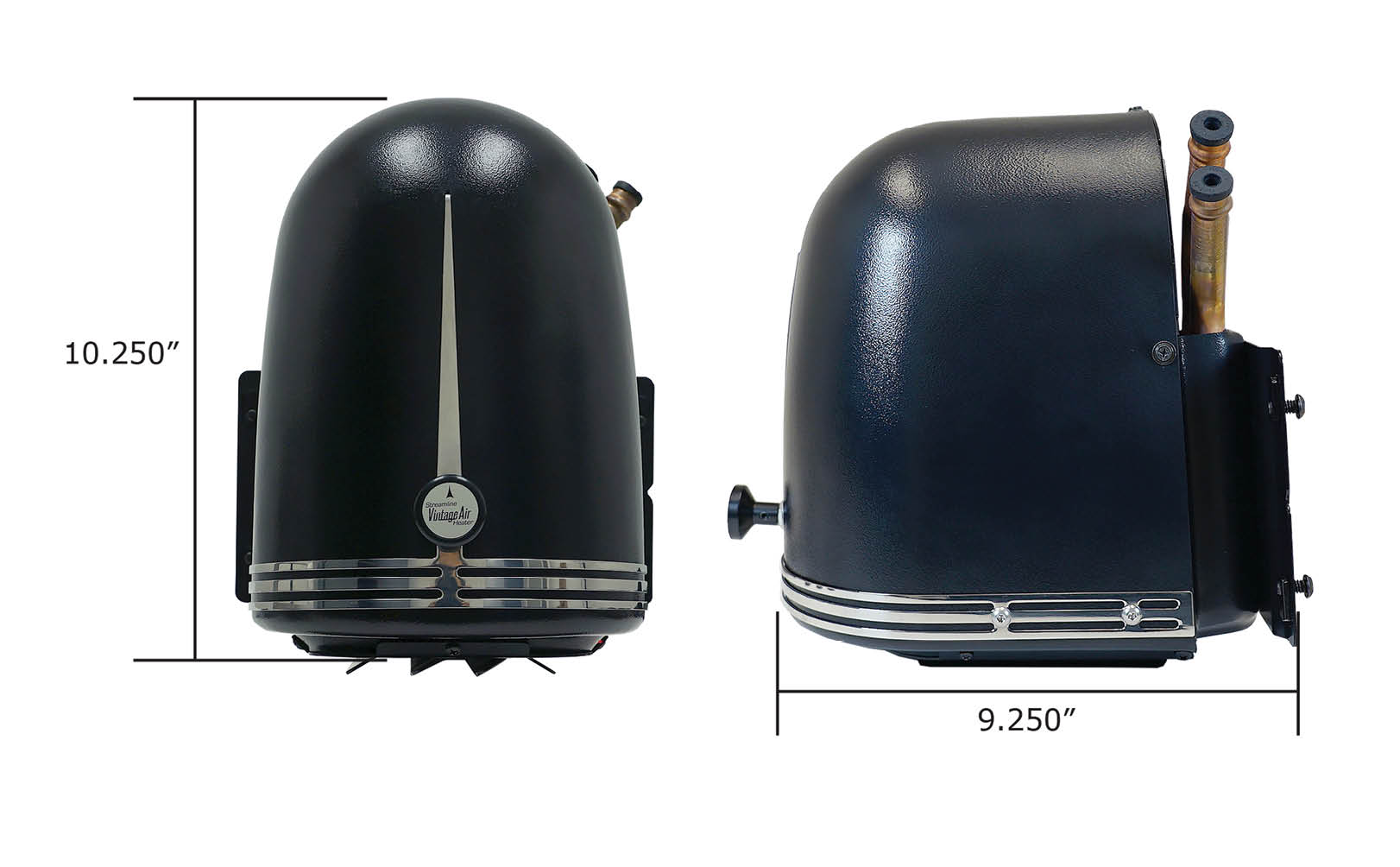
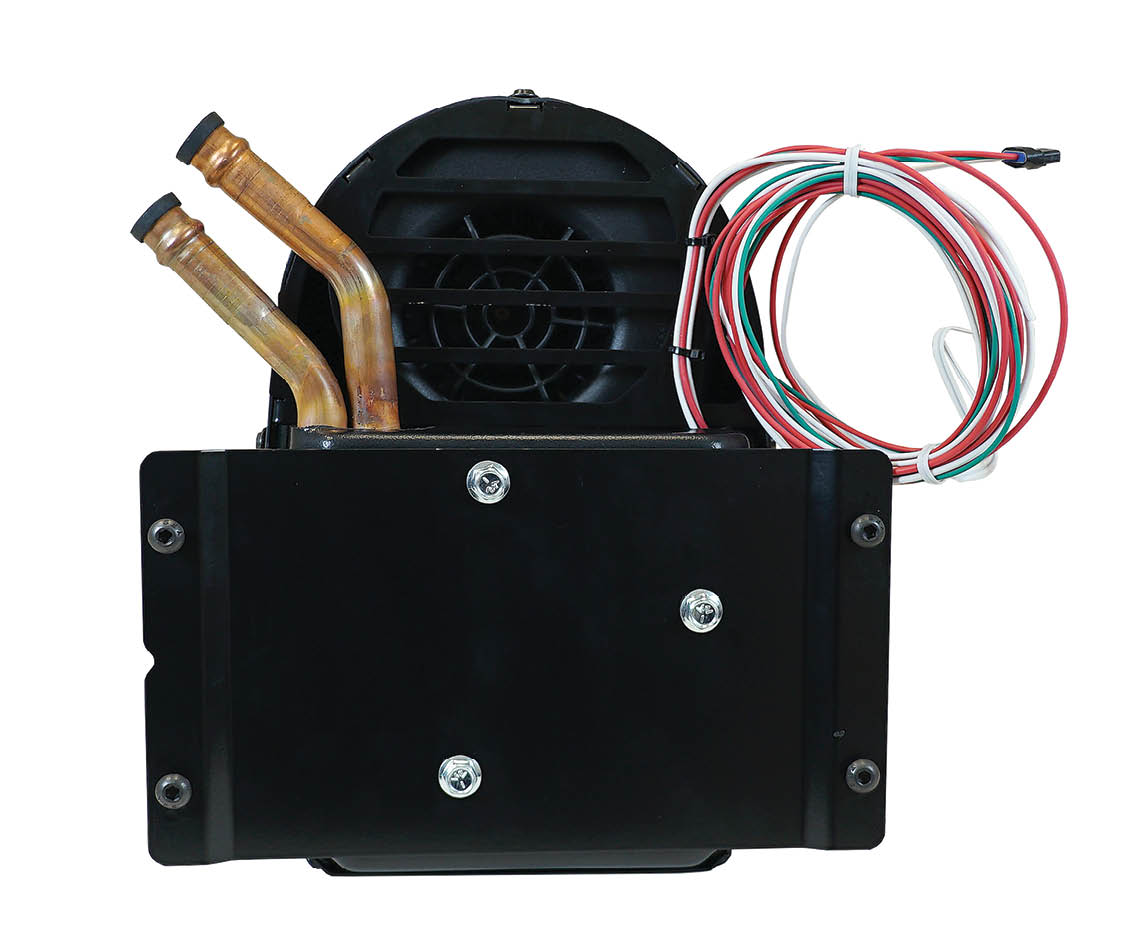
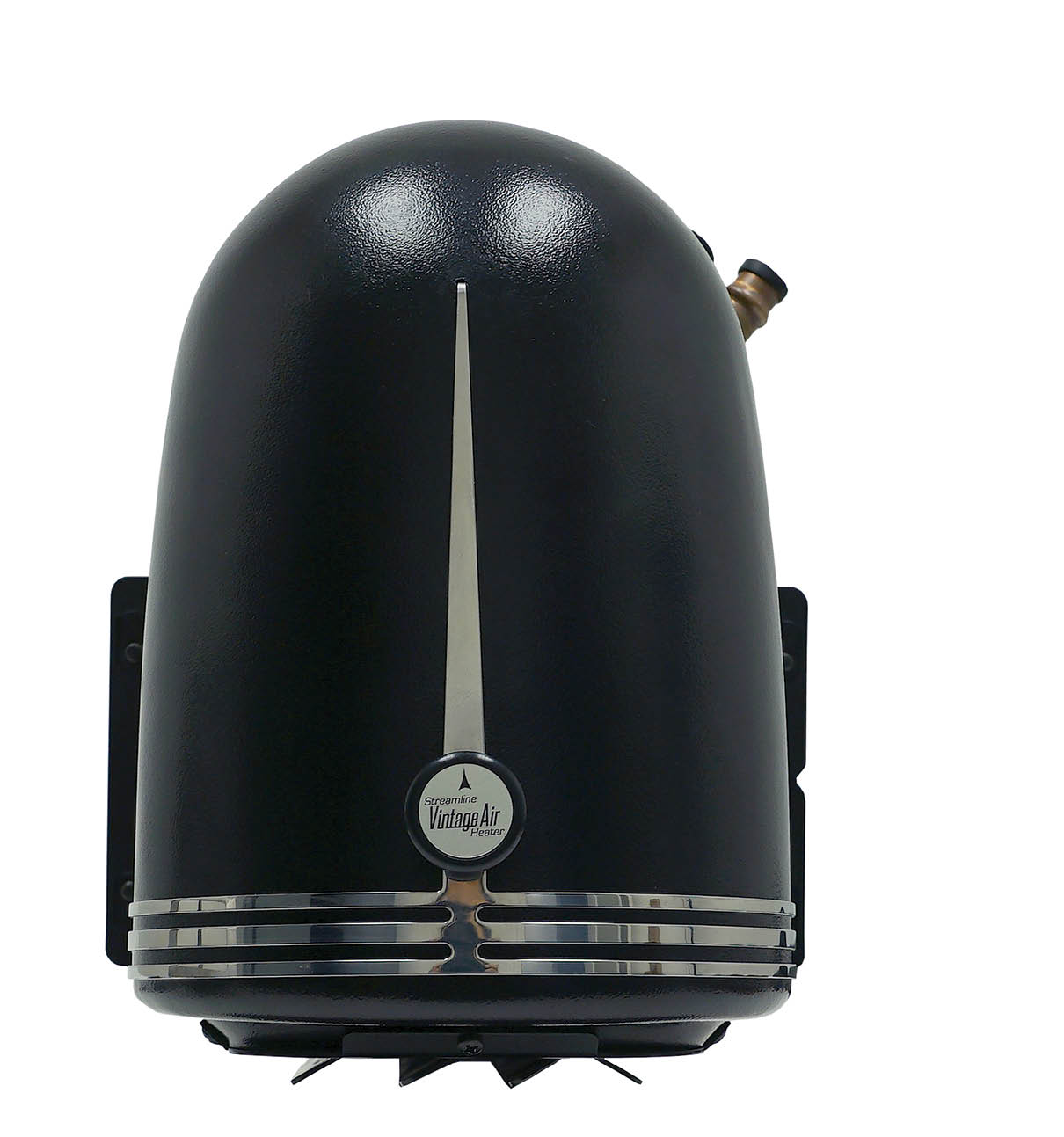
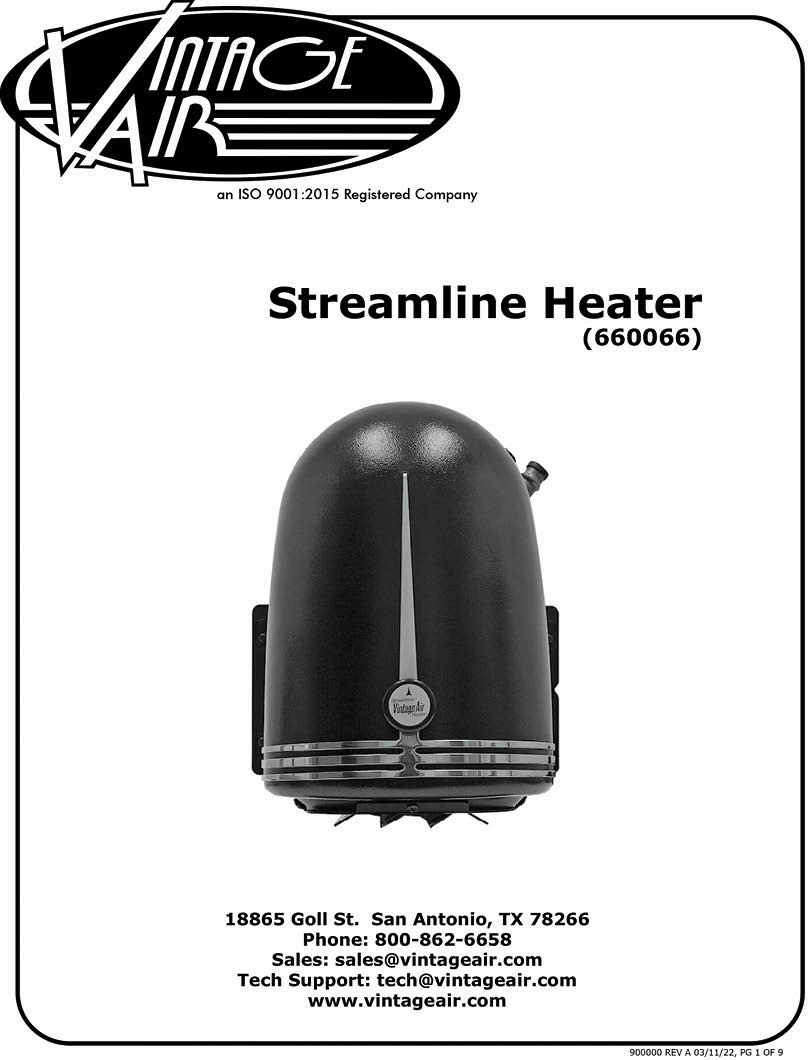
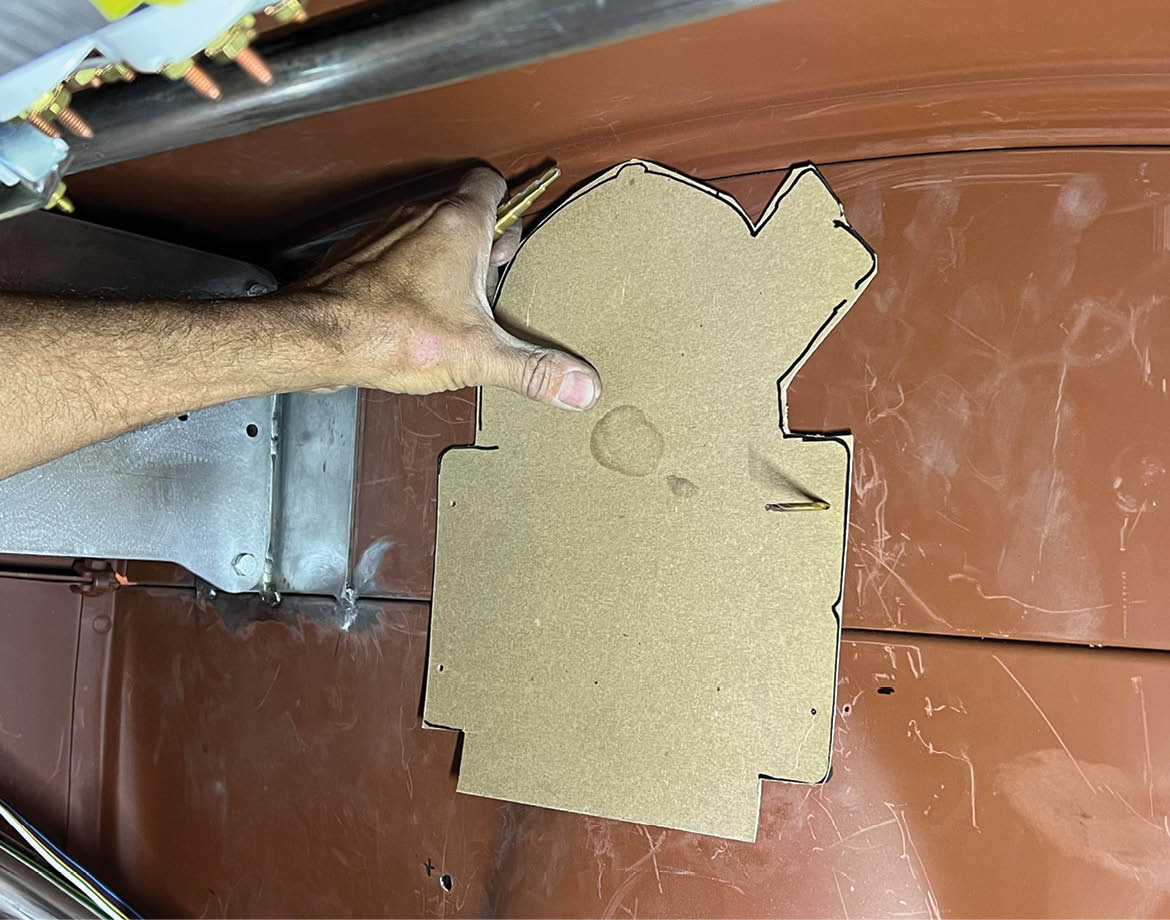

8. Jones used a step-drill bit to make the firewall holes for the mounting bracket.



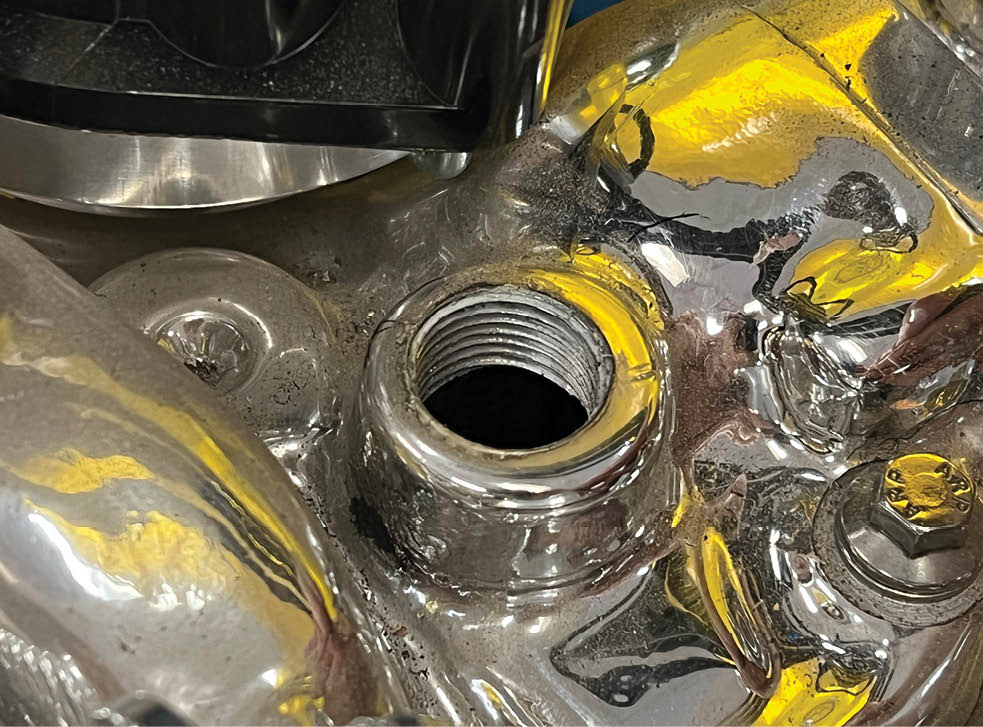
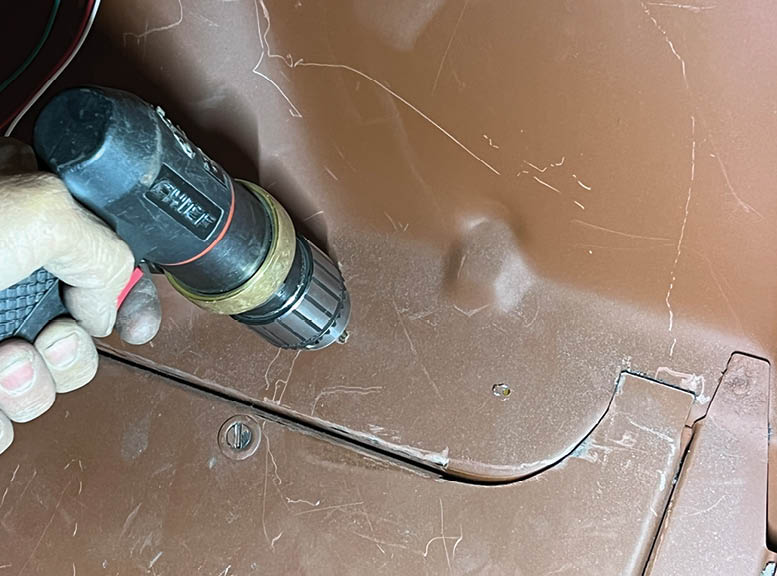






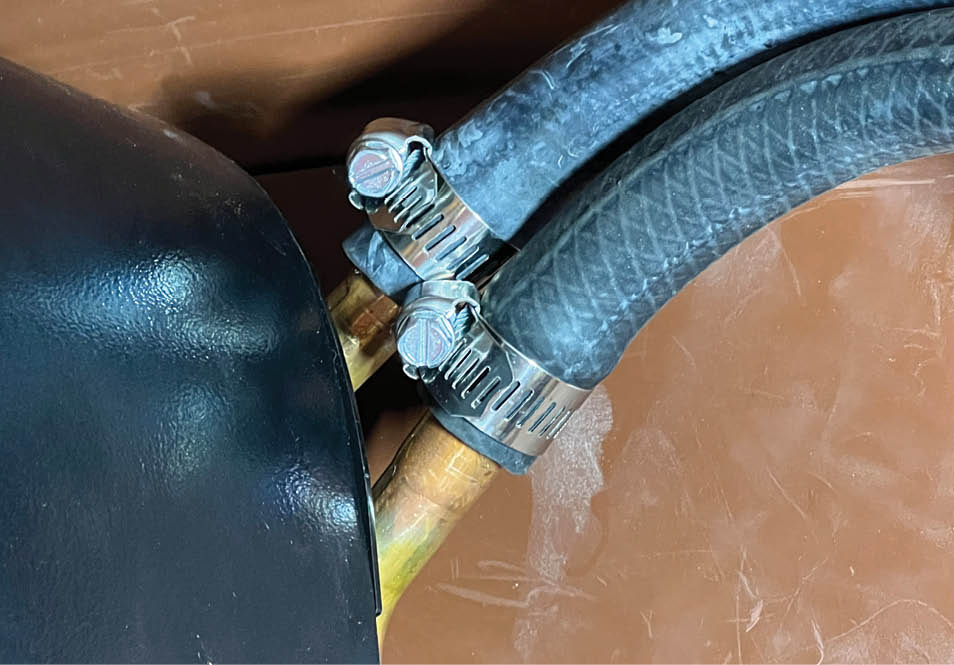
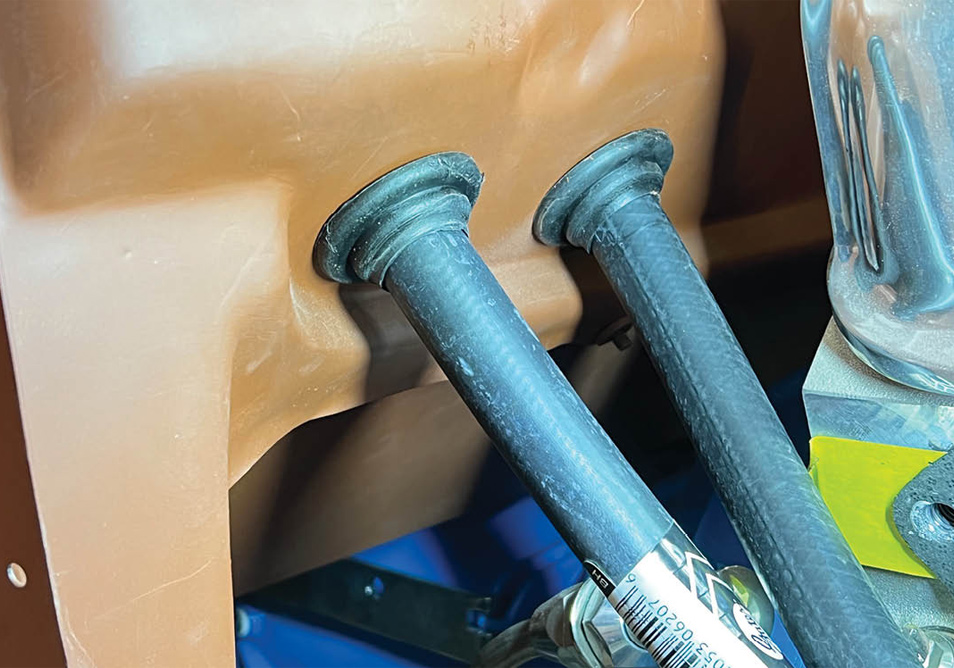


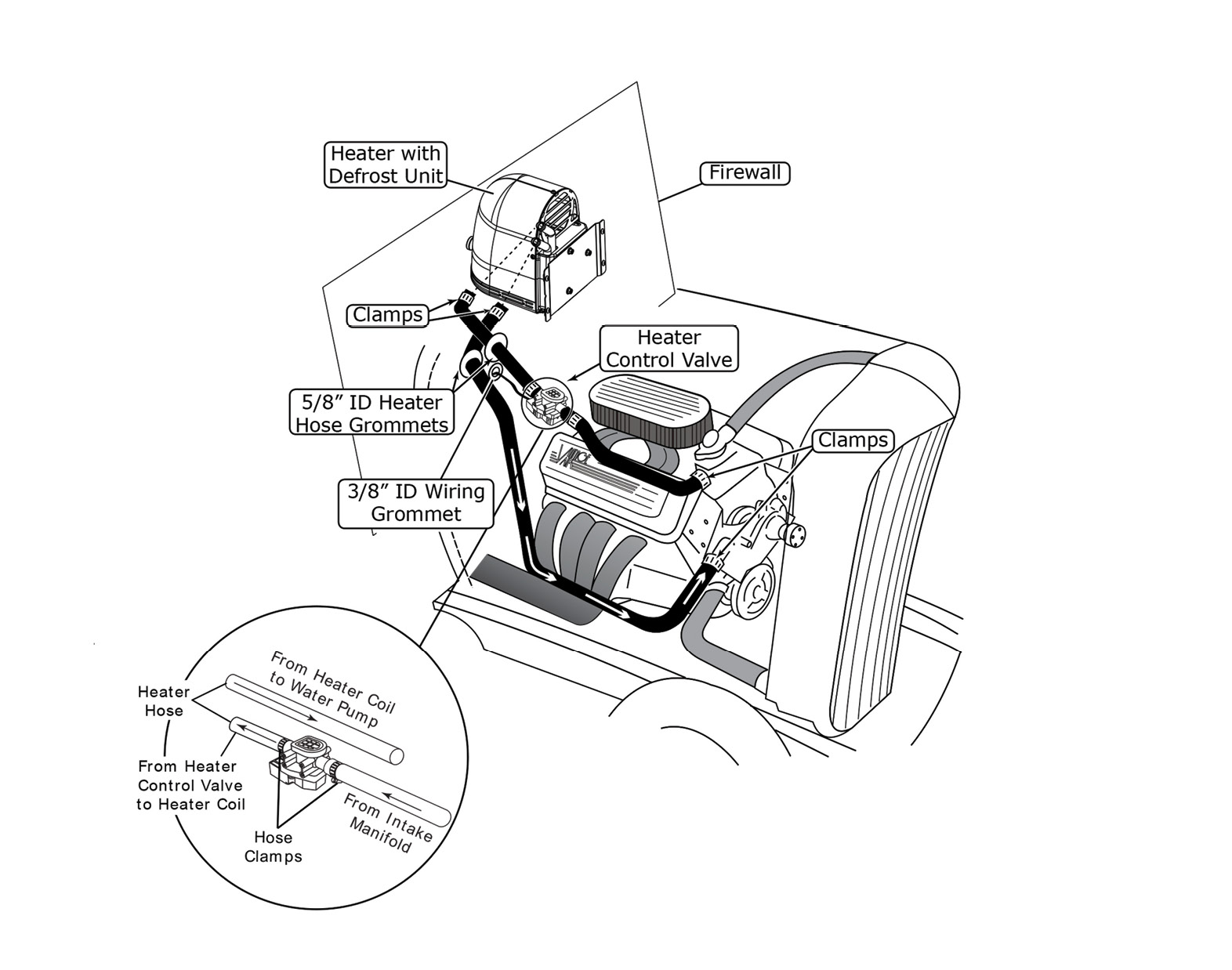



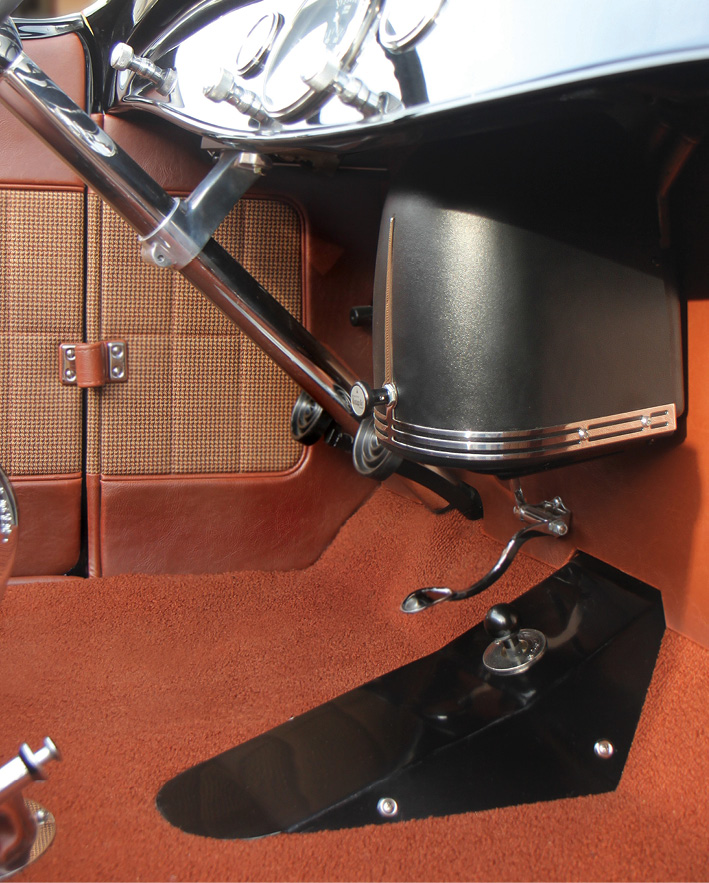
VOLUME 4 • ISSUE 31 • 2023